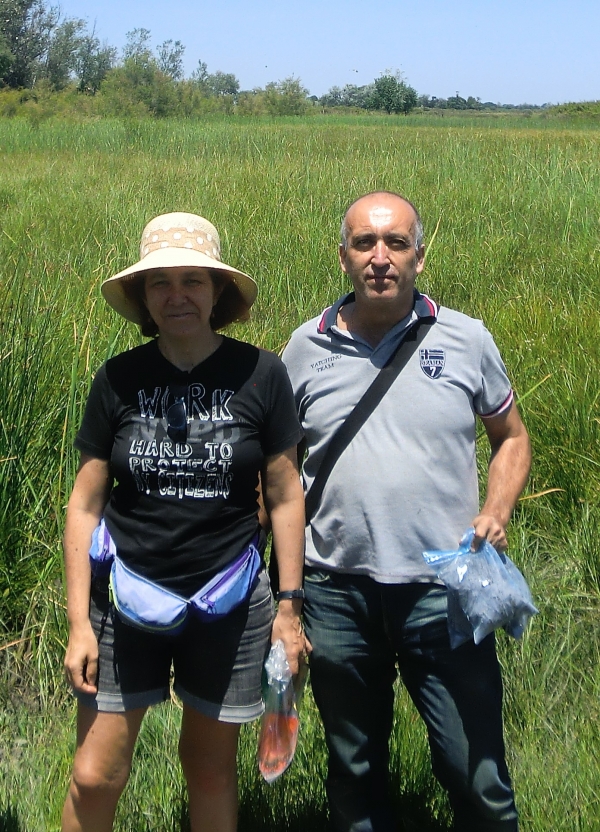Transitional waters, those situated between land and the sea, such as lagoons and estuaries, are more exposed to human activity and these waters are slowly refreshed, meaning that their ecosystems are more vulnerable to pollution. In order to understand the environmental health of Tunisia’s coastal lagoons, a Department of Biochemistry and Molecular Biology research team at the University of Cordoba used a carpet shell clam (Venerupis decussata) as a bioindicator to get an image of pollution in these ecosystems.
The health status of these bivalves and their molecular responses, as a defense mechanism against oxidative stress caused by heavy metals within an organism, are used as indicators of the degree of metal pollution in water. What is more, clam filtration activity, accumulation capacity, and the fact that they always remain in the same spot, help to paint an accurate picture of the ecosystem’s pollution status.
In this vein, the team made up of research staff from the Universities of Tunisia, Cadiz, Portugal and Cordoba, headed by UCO researcher José Alhama, assessed the concentration of cadmium, lead, copper, zinc, aluminum, iron and nickel in different tissues on the one hand, and on the other, the effects of oxidative stress and the damage caused by it in carpet shell clams living in Tunisian lagoons. In addition, on a histological level, they analyzed the alterations in digestive glands and gills. In this way, they discovered how the Boughrara and South Tunisian lagoons are the transitional waters most affected by pollution, with the clams there containing high levels of cadmium, a very toxic metal.
The most contaminated clams were found in lagoons in which the temperature was higher and their tissues, digestive glands and gills were altered to a greater degree. Thus, there is evidence for the relationship between a rise in temperature and a greater level of pollution, so the increase in temperatures caused by climate change could lead to greater availability and incorporation of these pollutants.
The high rates of pollution in these lagoons could have negative effects on carpet shell clam populations, whose reproductive activity and viability could be affected due to the damage done to their organisms and therefore their population would decrease, as well as the lagoon’s general ecosystem, in which this pollution would affect the entire food chain.
Taking into account the fishing activity happening in these lagoons and the intensive clam farming for human consumption, it is necessary to come up with ways to decontaminate so that the build-up of metals in clams does not get to humans via the food that they eat.
Bejaoui, S., Michán, C., Telahigue, K., Nechi, S., el Cafsi, M., Soudani, N., Blasco, J., Costa, PM., Alhama, J. (2020) Metal body burden and tissue oxidative status in the bivalve Venerupis decussata from Tunisian coastal lagoons, Marine Environmental Research, ISSN 0141-1136, https://doi.org/10.1016/j.marenvres.2020.105000


